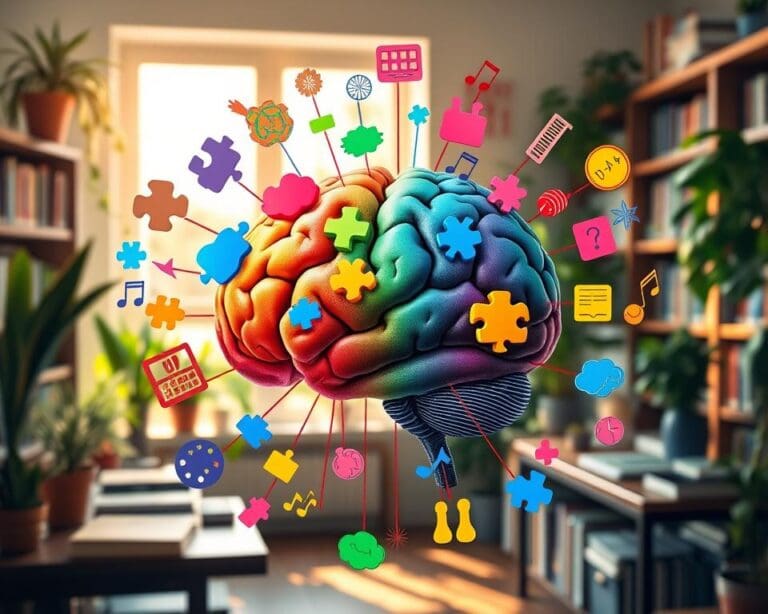Stroke is a leading cause of death and disability in the United States, affecting nearly 795,000 individuals each year. Understanding stroke risk factors is vital, as it empowers individuals to take proactive measures in both prevention and recovery. This article will explore lifestyle modifications for stroke prevention, highlighting effective strategies to reduce the likelihood of experiencing a stroke and enhancing recovery outcomes after one occurs. By incorporating these insights into daily life, we can combat this health crisis and foster a healthier future.
Understanding Stroke Risk Factors
Recognizing the various stroke risk factors helps in taking proactive measures to reduce the likelihood of experiencing a stroke. Among these factors, some play a more significant role than others, particularly high blood pressure and diabetes. By understanding these risks, individuals can adopt healthier lifestyle choices to protect their health.
Common Risk Factors for Stroke
Several key factors can heighten the chance of having a stroke. Some common risk factors include:
- Age
- Family history of stroke
- High cholesterol levels
- Smoking
- Physical inactivity
- Obesity
The Impact of High Blood Pressure
High blood pressure significantly increases stroke risk. This condition is often referred to as the “silent killer” due to its asymptomatic nature. Approximately half of American adults grapple with high blood pressure, which can double the risk of stroke with an increase of just 20mmHg in systolic blood pressure. Regular monitoring and management of blood pressure levels are essential steps in stroke prevention.
Role of Diabetes in Stroke Risk
Diabetes presents another layer of risk for strokes. Individuals with diabetes experience a two to four times higher risk of stroke, primarily due to related ailments such as high blood pressure and elevated cholesterol. Managing diabetes effectively through diet and lifestyle changes plays a vital role in mitigating diabetes and stroke risk.

Stroke Prevention and Recovery Strategies
Understanding the importance of stroke prevention can empower individuals to take control of their health. Implementing effective lifestyle modifications for stroke prevention plays a crucial role in reducing the risk of both ischemic and hemorrhagic strokes. By focusing on healthy habits and specific preventative measures, individuals can make significant strides in safeguarding their well-being.
Lifestyle Modifications for Stroke Prevention
Adopting healthy lifestyle habits is essential. Consider incorporating the following strategies into your daily routine:
- Balanced diet: Emphasize fruits, vegetables, whole grains, and lean proteins to improve overall health.
- Regular exercise: Engaging in consistent physical activity helps strengthen the heart and manage weight.
- Avoid smoking: Quitting smoking can dramatically lower stroke risk.
- Limit alcohol intake: Moderation can have a positive impact on overall cardiovascular health.
Ischemic Stroke Prevention Techniques
For effective ischemic stroke prevention, certain techniques can make a world of difference:
- Utilizing antiplatelet medications, such as aspirin, under healthcare guidance can reduce clot formation.
- Managing cholesterol levels through dietary adjustments and medications can further lower risk.
- Keeping blood pressure in check is vital for maintaining vascular health.
Hemorrhagic Stroke Prevention Insights
Preventing hemorrhagic strokes requires attention to specific risk factors:
- Control high blood pressure through lifestyle changes and medication.
- Avoid excessive alcohol to reduce blood pressure spikes.
- Regular health check-ups can help track and manage these risks effectively.
Effective Stroke Rehabilitation Exercises
Effective rehabilitation is vital following a stroke, serving as a pathway to independence and improved quality of life. Integrating targeted exercises into your recovery plan can profoundly influence the journey toward regaining strength and mobility.
Physical Therapy and Strengthening Exercises
Physical therapy for stroke recovery includes personalized strengthening exercises designed to rebuild muscle and enhance mobility. Engaging in stroke rehabilitation exercises under the guidance of a licensed professional ensures that activities are tailored to individual needs and progress. These exercises not only target specific muscle groups but also contribute to overall physical endurance. Following a consistent routine can expedite improvements and restore confidence during daily activities.
Importance of Balance and Coordination Activities
Balance exercises for stroke patients play a crucial role in recovery, addressing common challenges faced after a stroke. The ability to maintain stability is essential for safe movement and everyday task performance. Training sessions that focus on balance and coordination help individuals regain control and reduce the risk of falls. Simple activities, such as standing on one foot or using stability balls, can enhance proprioception and strengthen neuromuscular connections. Through dedicated practice, stroke survivors can gradually improve their balance and coordination, leading to greater independence.
Tips for Successful Stroke Recovery
For stroke survivors, implementing effective stroke recovery tips is crucial to regain independence and improve quality of life. One of the primary focus areas should be maintaining regular follow-up care with healthcare providers. Regular monitoring not only helps ensure medication adherence but significantly reduces the risk of avoiding stroke recurrence. Recognizing the signs of potential complications early on can facilitate timely interventions, thus enhancing recovery outcomes.
Incorporating a balanced diet and a consistent exercise regime also plays a vital role in the recovery phase. Eating nutrient-dense foods aids in achieving optimal health, while physical activity helps strengthen muscles and improve cardiovascular health. Emphasizing these elements as part of daily life supports a long-term healthy lifestyle, ultimately minimizing the risk of another stroke.
Additionally, cognitive therapy for stroke recovery is essential, focusing on reestablishing cognitive skills and emotional stability. Engaging in community support groups can further bolster recovery efforts. Recent studies indicate that group therapy not only fosters mental well-being but enhances the stroke recovery journey as patients share experiences and encourage each other. Embracing these holistic approaches will empower stroke survivors on their path to wellness.









